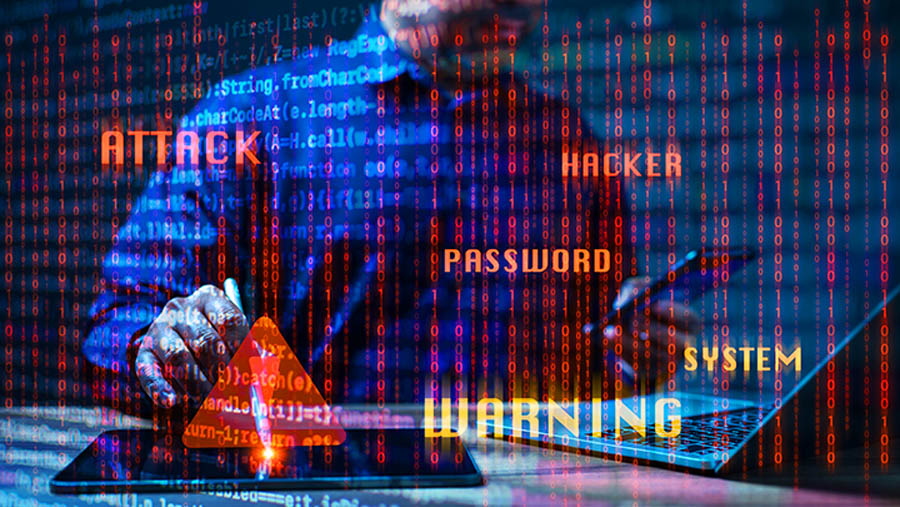How Future-Proof Data Centers Stay Secure Against New Cyber Threats

Cybersecurity isn’t a static battlefield—it’s a shape-shifting warzone. The threats never stay the same, and neither can the defenses. Future-proof data centers don’t just react; they predict, adapt, and evolve to stay ahead of attacks that haven’t even been invented yet.
The problem? Hackers don’t play fair. They exploit weaknesses before companies even realize they exist. A single vulnerability—one unpatched system, one weak password—can bring an entire operation to its knees. So, how do modern data centers defend against threats that are constantly mutating?
Trust is a Lie – The Power of Zero Trust
For decades, security was built around walls. Firewalls, passwords, VPNs—create a strong perimeter, and everything inside is safe. That thinking? Dead.
Zero Trust flips the script. It assumes no one—not employees, not vendors, not even system administrators—should be trusted by default. Every access request is verified, every time.
- Micro-segmentation ensures that if an attacker gets in, they can’t move laterally across the network.
- Least privilege access means users only get the minimum permissions they need—nothing more.
- Continuous monitoring keeps an eye on behaviors, not just credentials. If someone suddenly starts acting like a hacker, they get cut off instantly.
When Machines Defend Against Machines
Cybercriminals are deploying AI-powered attacks—automated, relentless, and capable of breaching traditional defenses in record time. The only way to fight back? AI-driven cybersecurity.
- Machine learning algorithms detect anomalies in real-time, catching threats before they escalate.
- Automated response systems shut down suspicious activity without waiting for human intervention.
- Predictive analytics spot vulnerabilities before they become full-blown security risks.
This isn’t just about staying one step ahead—it’s about eliminating the gap entirely.
The Quantum Threat
Encryption is the bedrock of cybersecurity, but quantum computing threatens to shatter it overnight. The very algorithms that keep data safe today will be obsolete tomorrow. Future-proof data centers are already pivoting to quantum-resistant cryptography—new encryption methods designed to withstand quantum attacks.
Waiting isn’t an option. The first data center that falls behind? That’s the first one to collapse.
Offline Is The New Secure
When all else fails, some things are simply too valuable to keep online. Air-gapped systems—storage completely disconnected from networks—offer the ultimate last line of defense.
But even this isn’t foolproof. Attackers don’t need an internet connection if they can compromise a human instead. Social engineering, insider threats, and hardware-based exploits still pose a risk.
The Bottom Line
Cybersecurity isn’t about winning. There is no finish line, no point where defenses are “good enough.” The goal is constant evolution, a relentless pursuit of staying ahead.
Because in this war, stagnation is the same as surrender.


